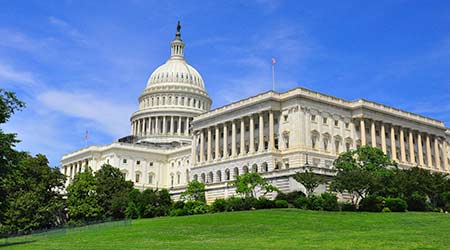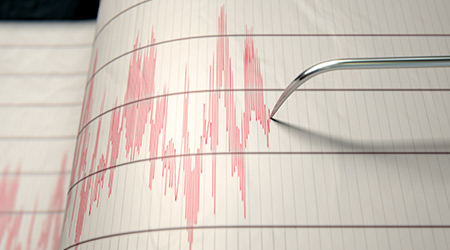
LEED Recognized as U.S. Government's Preferred Rating System
June 5, 2019
The General Services Administration (GSA) and LEED have had a somewhat coquettish relationship over the last decade. But GSA has recently again renewed its vows with LEED. GSA’s most recent Findings Report found LEED to be the rating system “most closely aligned” with the federal government’s sustainability goals
In 2007, the Energy Independence and Security Act required GSA, commonly known as the “government’s landlord” because it provides space for 1.1 million federal workers, to identify the “green building certification system most likely to encourage a comprehensive and environmentally sound approach to certification of buildings in the federal sector.” The act also requires GSA to review rating systems every five years to ensure the green building rating system selected still meets the government’s sustainability standards. In 2010, GSA said LEED Gold would be its standard for design. In the intervening decade, as required by EISA, GSA has reviewed LEED’s status as its most preferred rating system and constantly flirted with other rating systems. But it always comes back to LEED.
Now again, LEED is GSA’s most favored rating system. While the government no longer requires LEED certification, there currently are more than 5,000 LEED certified government buildings. GSA documented a 23 percent reduction in energy use, 28 percent reduction in water use, and 23 percent reduction in building operating expenses in what it calls its “high-performance buildings,” many of which are LEED certified, according to the U.S. Green Building Council.
GSA owns and leases more than 376.9 million square feet of space in 9,600 buildings
Greg Zimmerman is executive editor of Building Operating Management. Read his cover story on how buildings are tackling climate change.
Next
Read next on FacilitiesNet












